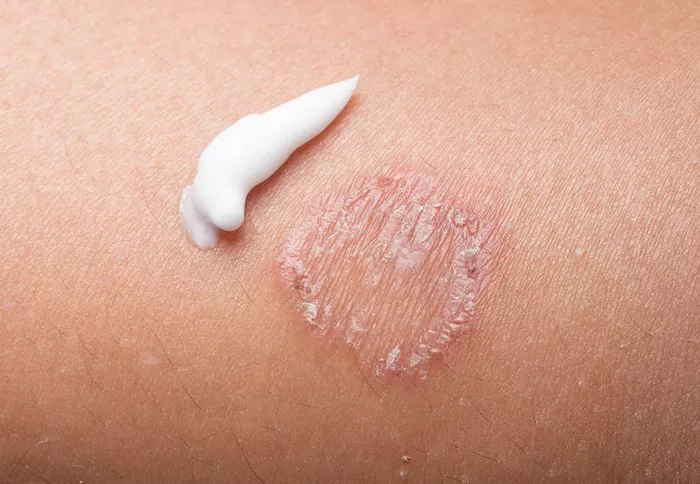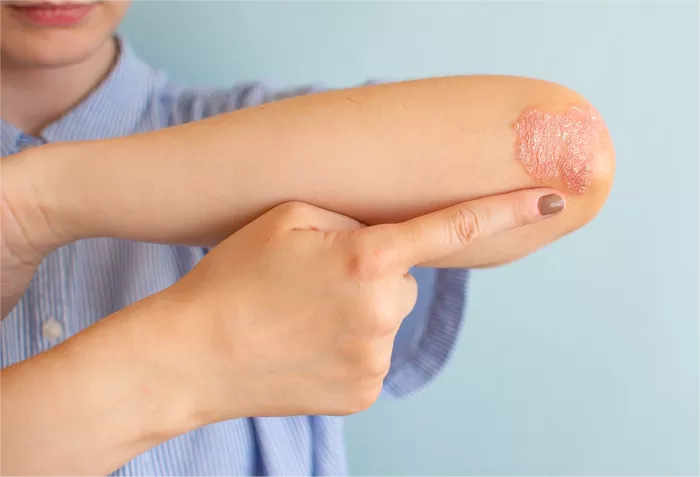Ringworm, despite its name, is not caused by a worm but rather a fungal infection that can affect the skin, scalp, or nails. It is characterized by a red, circular rash that can be itchy, scaly, and sometimes accompanied by raised borders. As with any skin condition, individuals affected by ringworm often seek reassurance and information about the healing process. One common question that arises is whether ringworm turns white as it heals. Let’s delve into this query and explore the dynamics of ringworm healing.
Understanding Ringworm: Causes and Symptoms
Before delving into the healing process, it’s crucial to understand what ringworm is and how it manifests. Ringworm is caused by various types of fungi known as dermatophytes, which thrive on the outer layer of skin, hair, and nails. These fungi can be transmitted through direct contact with an infected person, animal, or contaminated surfaces such as towels, clothing, or gym equipment.
The hallmark symptom of ringworm is a circular or ring-shaped rash, which may vary in size and appearance depending on the affected area of the body. Common locations for ringworm include the arms, legs, trunk, scalp, and groin. The rash is typically red and may be accompanied by itching, inflammation, and blistering.
The Healing Process of Ringworm
The healing process of ringworm can vary depending on factors such as the individual’s immune system, the severity of the infection, and the effectiveness of treatment. In general, ringworm can be effectively treated with antifungal medications, both topical and oral, prescribed by a healthcare professional. However, even with treatment, the healing process may take several weeks to complete.
During the course of treatment, it is not uncommon for the appearance of the ringworm rash to change. One question that often arises is whether ringworm turns white as it heals. The answer to this question is not straightforward and may depend on various factors.
Does Ringworm Turn White When Healing?
The idea that ringworm turns white as it heals may stem from observations of certain antifungal medications or natural remedies. Some antifungal creams or powders contain ingredients that create a white film or residue when applied to the skin. This can give the impression that the ringworm itself is turning white. Additionally, some individuals may use home remedies such as tea tree oil or coconut oil, which can also leave a white residue on the skin.
However, it’s important to note that the actual ringworm rash does not typically turn white as it heals. Instead, as the antifungal medication begins to work, the rash may gradually fade in color from red to pink or become less inflamed. The borders of the rash may also become less defined as the infection clears. In some cases, the affected area may appear lighter or darker than the surrounding skin due to changes in pigmentation caused by the infection.
Monitoring the Healing Process
While the appearance of the ringworm rash may change during the healing process, it’s essential to monitor its progression and follow the recommended treatment regimen. If the rash persists or worsens despite treatment, it’s important to consult a healthcare professional for further evaluation.
In addition to medication, there are steps individuals can take to promote healing and prevent the spread of ringworm. These include:
1. Maintaining good hygiene: Regularly washing hands and keeping the affected area clean and dry can help prevent the spread of ringworm.
2. Avoiding sharing personal items: Refraining from sharing towels, clothing, or other personal items can reduce the risk of spreading the infection to others.
3. Washing clothing and bedding: Washing clothing, bedding, and other fabrics in hot water can help kill fungal spores and prevent reinfection.
4. Avoiding contact with infected animals: If a pet is diagnosed with ringworm, taking precautions to avoid direct contact can help prevent transmission to humans.
Conclusion
In conclusion, ringworm is a common fungal infection that can affect the skin, scalp, or nails. While the healing process of ringworm can vary depending on individual factors and treatment approaches, the rash typically does not turn white as it heals. Instead, the appearance of the rash may change, with the redness gradually fading and the borders becoming less defined. Monitoring the progression of the rash and following the recommended treatment regimen are essential for successful healing and preventing the spread of infection. If you have concerns about a ringworm infection, consult a healthcare professional for proper evaluation and treatment.

























